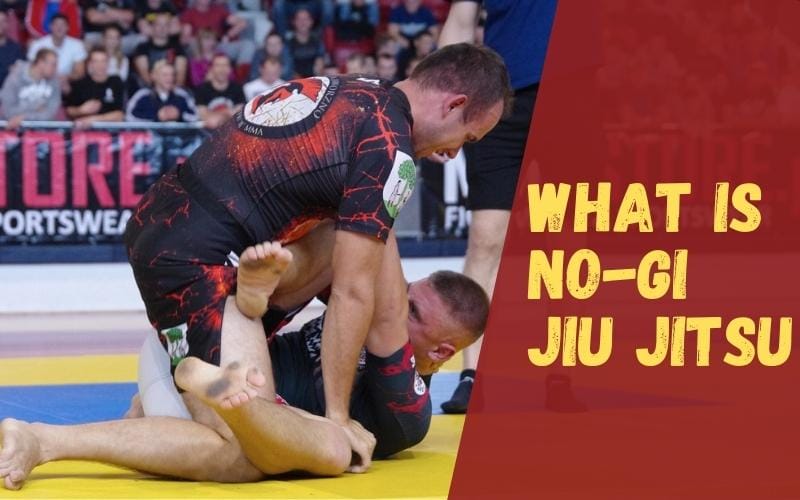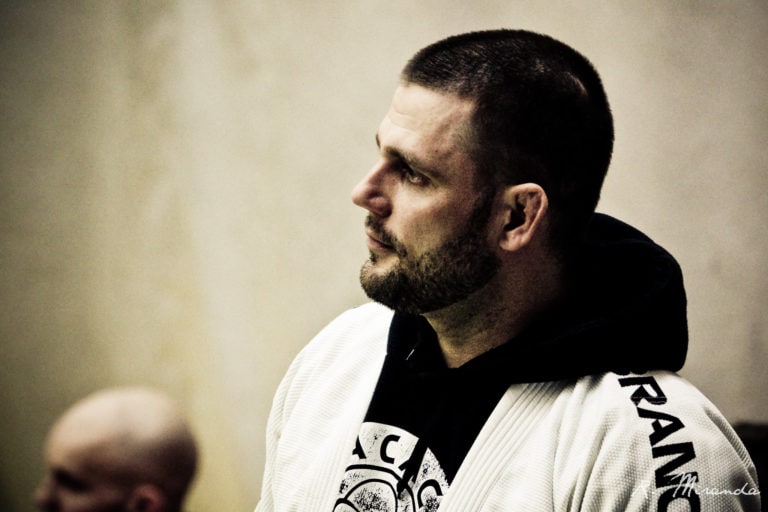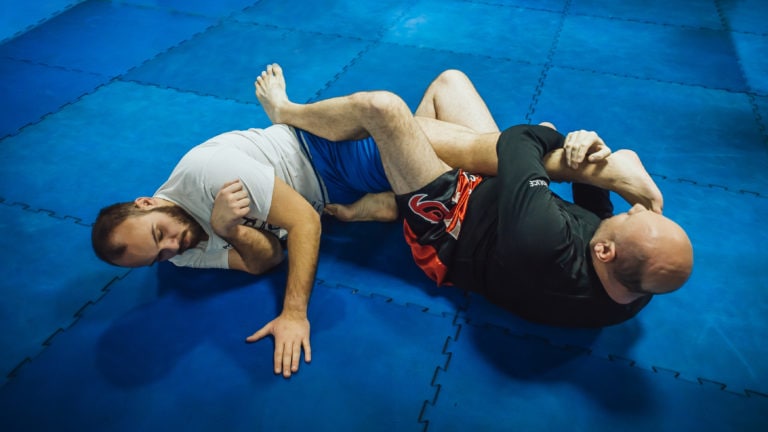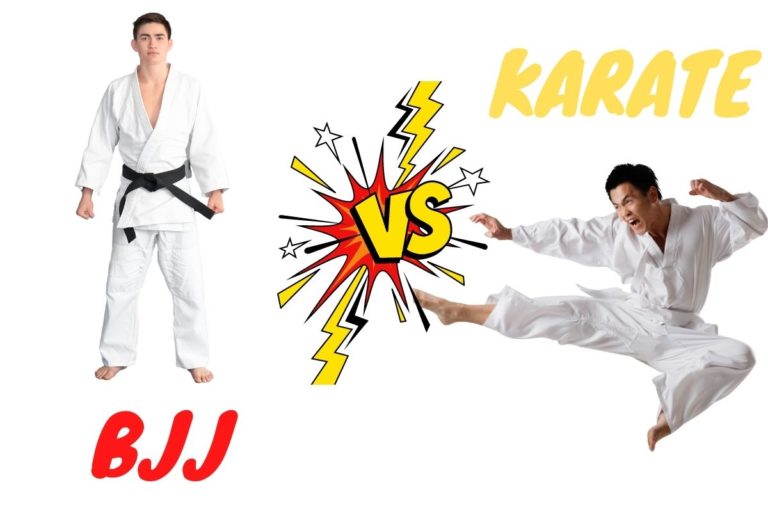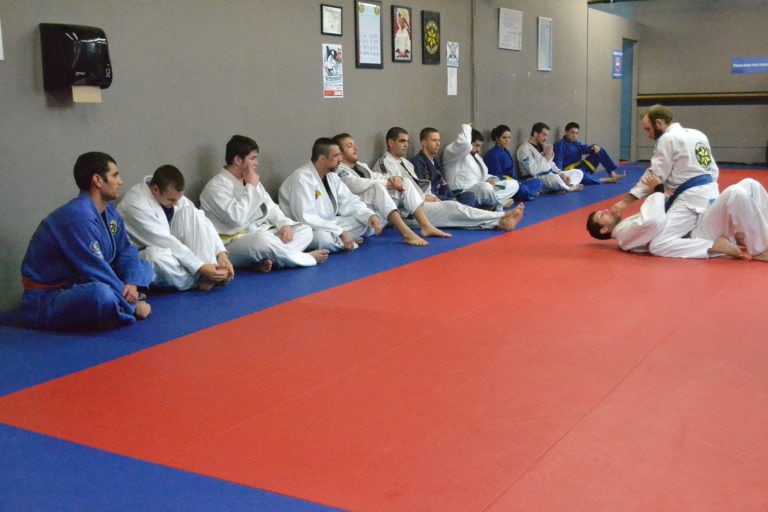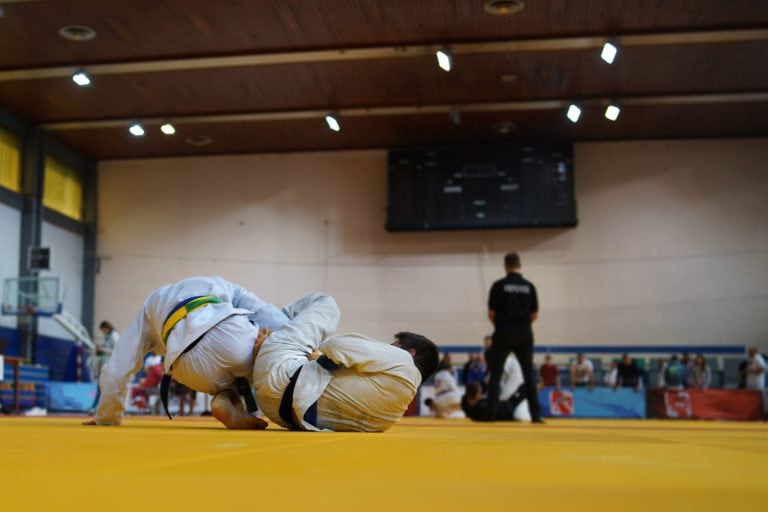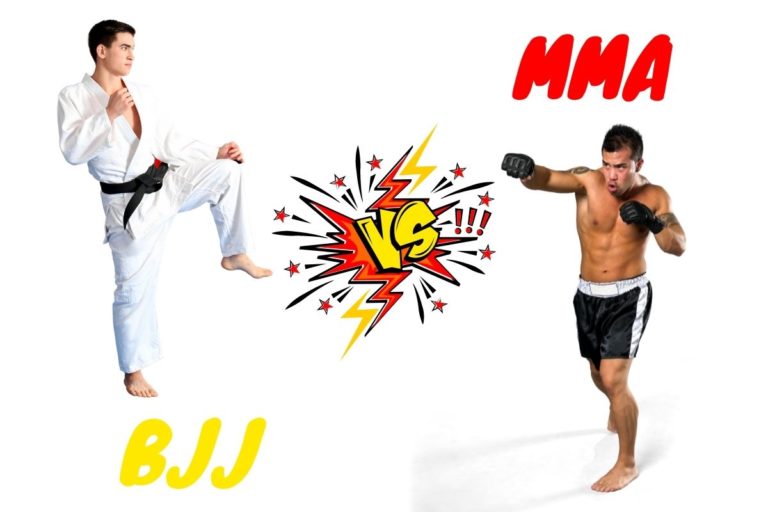What is No-Gi Jiu Jitsu:Gi vs No-Gi Comparison
The gentle art, which is most commonly referred to today as Brazilian Jiu-Jitsu or BJJ, has undergone a series of changes from its origins in Japan and its further development in Brazil to become the flawless martial art it is today.
Upon the arrival of Jiu-Jitsu in Brazil, it was solely practiced in the Gi. Ultimately, practitioners of the gentle art parted ways with the Gi to form a new style, No-Gi Jiu-Jitsu. With its distinctive differences, No-Gi Jiu-Jitsu has been increasing in popularity ever since.
No-Gi Jiu-Jitsu, as the name suggests, does not involve the use of the Gi. It is most commonly practiced in a rashguard, shorts and leggings usually made of polyester based materials and spandex that makes the fabric streachy.
Although it might be obvious what the biggest difference between No-Gi and Gi Jiu-Jitsu is at first, there are many other differences to keep an eye on regarding these two styles off BJJ.
Stick around until the end of the article to learn about the key differences between No-Gi and Gi Jiu-Jitsu and figure out which style may be more suitable for you.
Differences Between Gi and No-Gi Jiu-Jitsu
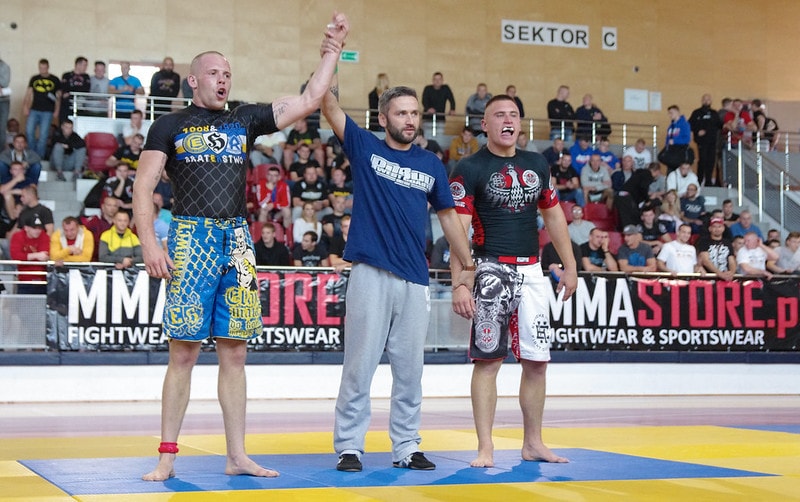
· Clothing
This difference alone is a game-changer as it limits the application of various techniques and promotes others at the same time.
As we previously mentioned, the main difference between Gi and No-Gi BJJ lies in the clothing. BJJ practitioners originally started training in a uniform that consists of a thick cotton jacket and pants along with a belt that represents the current rank of the practitioner, or a Gi in other words.
Training in a Gi offers the practitioner more control over his opponent through the use of various grips that can be applied on the collar, lapels, sleeves, and pants of the Gi.
In contrast, No-Gi Jiu-Jitsu is done in a rashguard, shorts, and leggings that are ordinarily made from polyester. As a result, practitioners of this style need to rely on other means of control such as underhooks, overhooks, grips on the neck, and wrists to establish control of their opponent.
Furthermore, since No-Gi Jiu-Jitsu lacks various chokes that can only be executed by using a Gi, it makes up for them through the variety of leglocks that should be considered a vital part of every practitioner’s arsenal.
· Friction
The word ‘friction’ always comes to mind when talking about Gi BJJ. How exactly does it impact BJJ in a Gi? The answer is quite simple, the friction of a Gi results in a slow-paced match and a more technical match, especially if the Gi is wet, in contrast to the fast-paced action that comes with No-Gi.
Slower-paced Gi matches offer the less athletic practitioner a greater opportunity to rely on technique and take away a great deal of strength and speed of the stronger one. Thus, matches are not a scramble, and physical speed and strength do not surpass technique.
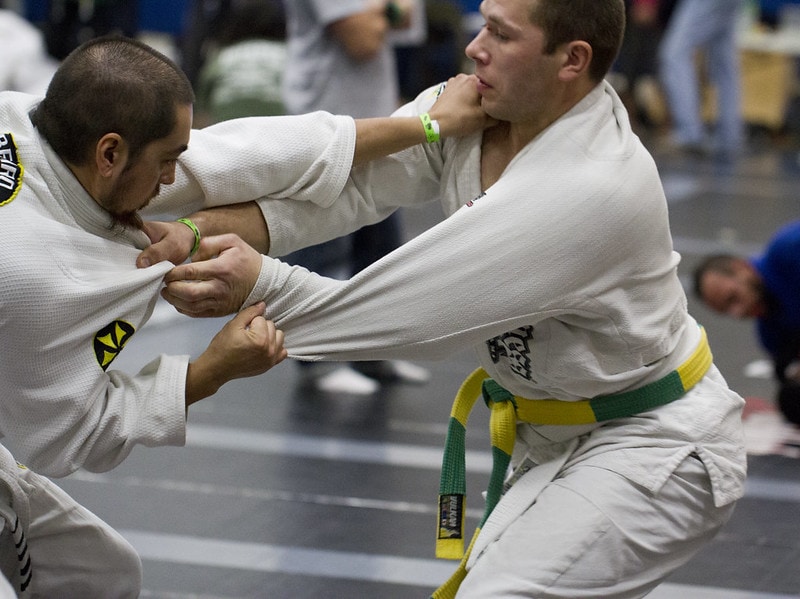
· Pins and Submissions
Gis feature a thick collar, lapel, sleeves, and pants that you are able to get a hold of to establish and maintain a dominant position. However, in a No-Gi match, practitioners cannot rely on grips and the Gi friction to do the work on their behalf.
Training in No-Gi challenges them to improve their pinning and submission game. When attempting to submit their opponents, they must use body positioning well to maintain their established dynamic pin instead. Positions in No-Gi are not as vicious as they are in Gi.
No-Gi BJJ is perfect for building a strong offense. Setting up and executing submissions without a Gi is undoubtedly harder. The lack of friction forces the practitioner to have well-developed and perfectly timed submissions to battle slippery opponents.
On the other hand, defending various chokes and other submission set-ups that go hand-in-hand with the Gi and the friction that goes along with it results in a rock-solid defense hence the importance of training in both Gi and No-Gi.
· Rulesets
In addition to the aforementioned key differences, Gi and No-Gi Jiu-Jitsu competitions practice different rulesets. While every competition follows its own set of rules, it’s generally the case that Gi competitions are harsh regarding certain types of moves.
It is illegal to execute heel hooks in Gi competitions hosted by the International Brazilian Jiu-Jitsu Federation (IBJJF); however, they can be utilized in No-Gi competitions hosted by the Abu Dhabi Combat Club (ADCC). Moreover, as of 2021, the IBJJF has also legalized heel hooks in their No-Gi competitions.
Which One is Better?
Saying that one style is better than the other would be a lie as they are very different regardless of the fact that they are more or less the same sport. As this article points out, both of these BJJ styles have their unique pros and cons.
No-Gi favors the more athletic practitioner whilst the Gi is suitable for excellent tacticians with impeccable technique. However, it depends on the person. Some people prefer No-Gi to its counterpart. Ultimately, it is advisable to train in both.
Regarding No-Gi training for MMA, a lot of remarkable UFC fighters put a bigger emphasis on No-Gi as it is more vital to them, but they still put on the Gi and train because they are aware of the solid defense that a fighter can develop by training in the Gi.
Conclusion
The birth of No-Gi Jiu-Jitsu has certainly had a tremendous impact on BJJ and its application in MMA.
Various people prefer one of the two styles to the other; however, the greatest minds of BJJ such as the likes of John Danaher agree that the best Jiu-Jitsu athletes excel in both styles. After all, both styles have their own unique properties that one needs to master to be a complete fighter.
Finally, filling the holes in your BJJ game can be done solely by practicing both styles. Furthermore, being able to perform chokes with the Gi and all sorts of leg locks will surely make you a force to be reckoned with on the mat and it will surely make your BJJ journey much more interesting.

